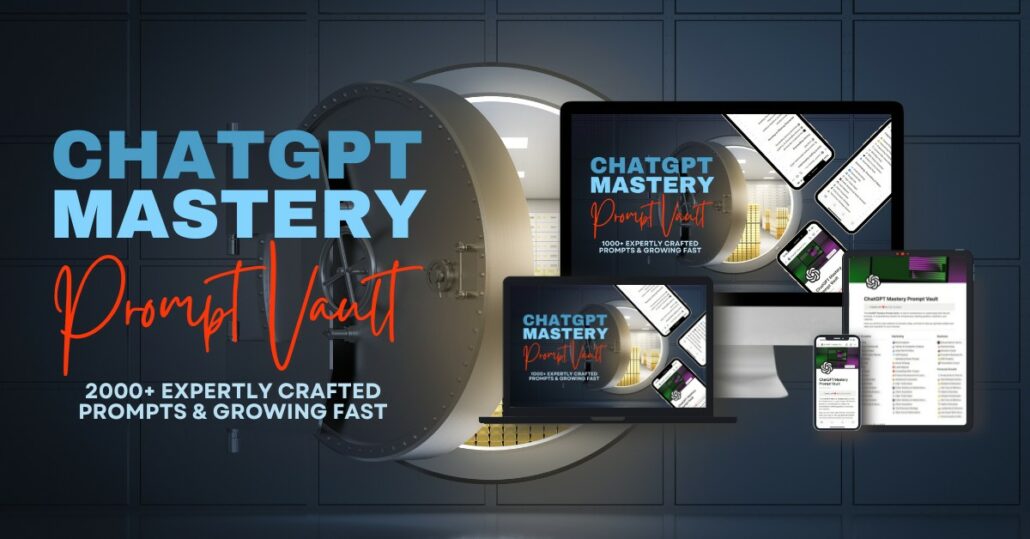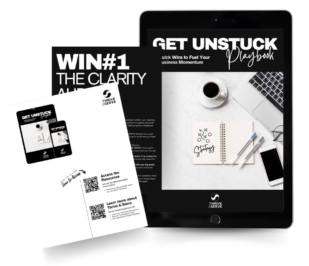The AI Revolution
Artificial intelligence (AI) is revolutionizing the way we live, work, and interact with technology. One such AI technology that has taken the world by storm is ChatGPT. ChatGPT is a large language model that can generate human-like text responses to any given prompt. It can be used for a wide range of applications, from generating automated customer support messages to writing compelling marketing copy.
The New Essential Skill - Prompt Engineering
To get the most out of ChatGPT, you need to be able to engineer effective prompts that yield accurate and relevant responses. This process is known as prompt engineering, and it involves crafting prompts that are clear, specific, and context-rich. In this blog post, we'll cover 11 epic prompt engineering tips that will help you unleash the power of ChatGPT and get better results and take your ChatGPT game to the next level.
What is prompt engineering?
In its simplest form, prompt engineering is the process of crafting effective prompts for ChatGPT. These prompts are the text inputs that you provide to the ChatGPT interface, and the outputs are the responses generated by the model. The better you engineer your prompts, the better the responses will be. In fact, just by mastering the basics of prompt engineering, you can be in the top 1% of ChatGPT users in the world.
As an AI marketing coach, I've spent countless hours learning how to manipulate language to get outstanding results from this powerful technology. And the best part? You don't need to be a coder or tech-savvy to succeed with ChatGPT.
Prompt engineering is all about the text that you put into the ChatGPT text interface. By learning the basics of prompt engineering, you'll be in the top 1% of users in the world in terms of your ability to get the best out of this platform.
So, let's dive into 11 ways to level up your game when it comes to prompt engineering in ChatGPT:
- Be Clear and Specific
The first and most important tip for prompt engineering is to be clear and specific. When crafting your prompts, make sure they are unambiguous and clearly specify the desired format, tone, and output you want from ChatGPT. For instance, instead of asking ChatGPT to "write a blog post on productivity," try asking it to "write an informative blog post giving three productivity tips for remote work." By providing clear and specific prompts, you can get more accurate and relevant responses from ChatGPT. - Provide Context
The more context you can give ChatGPT, the better the results will be. Provide as much relevant information as possible in your prompts to help ChatGPT understand the context of your request. For example, instead of asking ChatGPT to "write an email to my subscribers list, launching my new product," provide context by saying "we are an eco-friendly company, write an email promoting our latest X product that does why and is targeted at environmentally conscious consumers." By giving ChatGPT a frame of reference, you can get more relevant and accurate responses. - Phrase Your Questions Carefully
Phrasing your questions carefully is critical to prompt engineering. Instead of asking open-ended questions that leave ChatGPT free to roam into the depths of its knowledge, try to narrow the field and provide context. For instance, instead of asking "what are the benefits of product X," ask "list the top five benefits of product X for busy professionals." By narrowing the field and providing context, you can get better results from ChatGPT. - Anchor Your Prompts with Examples
Providing examples is a powerful way to anchor your prompts and give ChatGPT a framework to work with. For instance, if you're looking for a catchy slogan for your sports brand, try asking ChatGPT to "help me create a catchy slogan, similar to 'Just Do It.'" By providing an example and a frame of reference, you can get more accurate and relevant responses from ChatGPT. - Constrain ChatGPT
Guiding and constraining ChatGPT is an effective way to corral it into giving you the best possible results. You could ask ChatGPT to give you a response that is a maximum of 30 words long, for instance. This is useful because it allows you to add constraints to the prompts. You can also ask ChatGPT to limit the number of characters in the response, which can be fruitful in giving you much more concise, usable information from the technology. You can even ask ChatGPT to write you a 30-word product review that includes specific keywords or phrases. - Break Things Down Step-by-Step
Breaking things down step-by-step is a powerful way to engineer prompts that get better results. ChatGPT remembers what was going on previously in the conversation. Having step-by-step prompts causes ChatGPT to consider the information that came before. For example, when creating a marketing offer, you can't create a compelling offer or product without first understanding your target audience. You can break it down into steps like this: define the avatar for this product for this niche for this specific outcome, build the desires and pains of this specific avatar, and then create the offer matching these pains and problems. This approach corrals the technology and provides you with better results. - Encourage Multiple Alternatives
Encouraging multiple alternatives is an effective way to play with the language model. When brainstorming ideas for headlines, you can say, "Suggest three alternative headlines" or "Write me 20 titles for this blog post." This approach allows you to experiment with different prompts and see how they affect the outputs. - Experiment with Prompt Length
Test different prompt lengths to find the optimal balance between providing enough context and receiving a comprehensive response. For example, compare responses from a short prompt like "Write a product review" to a longer one detailing the product and target audience. - Iterative Prompting
Play around with your prompts by putting in a prompt, getting an output, and then iterating on that output by asking more questions or providing additional instructions based on the initial response. For example, initial prompt: "List 5 benefits of product X." Follow-up: "Which of these benefits is most important to students?" - Review and Edit
Review and edit the output to make it your own and ensure it meets your requirements. Use ChatGPT's generated content as a starting point and refine it to better align with your brand voice and messaging. - Test and Iterate
Testing and iterating is crucial to refining your prompts and getting the best results from ChatGPT. Refine, edit, and iterate to modify the prompts that you use and keep improving your ability to manipulate ChatGPT. You have to put your white lab coat on and get playing in the lab with this technology. Be playful like a child, always asking for more and looking to improve.
In conclusion, prompt engineering is the key to getting the best possible results from ChatGPT. By implementing these 11 tips, you will be able to engineer prompts that get infinitely better responses from ChatGPT. So, go ahead and give them a try and take your prompt engineering skills to the next level. Happy prompting!
Don't forget to check out my YouTube video where I dive deeper into these tips and provide examples to help you get started. And if you found this post helpful, please share it with others who might find it useful. Thanks 🙏




